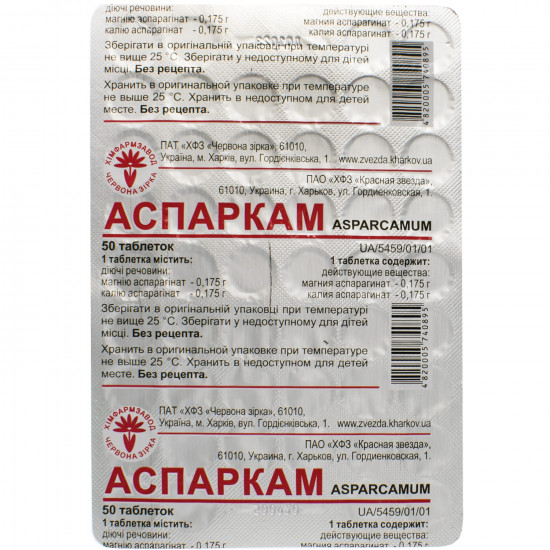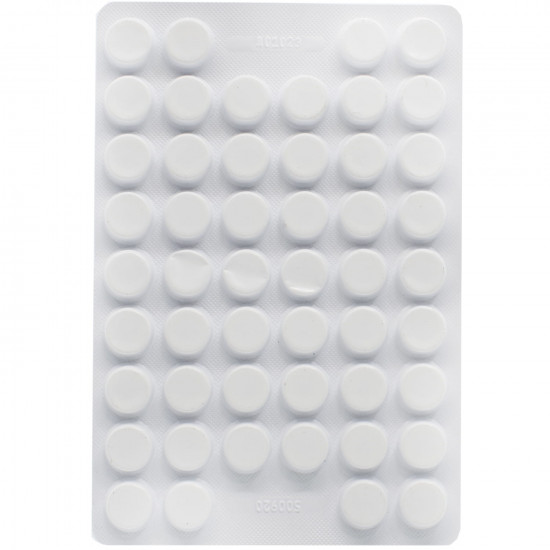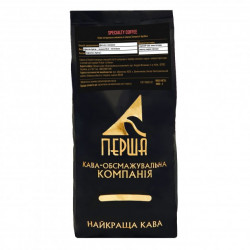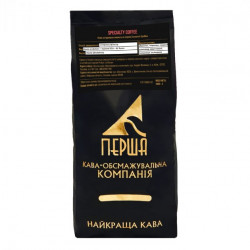



- Stock: In Stock
- Model: 180747
0% Customers recommend this product
-
5 Awesome0%
-
4 Great0%
-
3 Average0%
-
2 Bad0%
-
1 Poor0%
Reviews Over Asparkam of the tab. No. 50
- (0)
Total Reviews (0)
click here write review to add review for this product.
Report this review.
Description
Translation of the instruction Mose
a tablet ASPARKAM
Instruction
On medical use of medicine
Ingredients:
Active ingredients: magnesium asparaginate, potassium asparaginate;
1 tablet contains magnesium asparaginate of 175 mg (0.175 g) and potassium asparaginate of 175 mg (0.175 g);
excipients: corn starch, calcium stearate, talc.
Dosage form.
Tablet.
Main physical and chemical properties: tablets of white color with a flat surface, risky and a facet.
Pharmacotherapeutic group.
Mineral additives. magnesium medicaments (various salts in a combination). code atkh a12s c30.
Pharmacological properties.
Pharmacodynamics.
Asparkam belongs to the medicines regulating metabolic processes. The mechanism of action is connected with property of asparaginat to transfer ions of magnesium and potassium to intracellular space and their participation in metabolic processes. Ions of potassium and magnesium as important intracellular cations, get into gear of a number of enzymes, into process of linking of macromolecules with subcellular elements and into the mechanism of muscular contraction at molecular level. The ratio out of - and intracellular concentration of potassium ions, calcium, sodium and magnesium affects sokratitelny ability of a myocardium. Asparaginate as endogenous substance, is a carrier of potassium ions and magnesium, has the significant affinity to cells, its salts are exposed to dissociation only in insignificant degree. Thereof ions get into intracellular space in the form of complex connections. Magnesium asparaginate and potassium asparaginate improve metabolism of a myocardium. Insufficient content of potassium and magnesium in an organism increases risk of development of AG, atherosclerotic defeat of coronary vessels, disturbances of a heart rhythm, myocardium pathology.
Pharmacokinetics.
byit was not studied.
Clinical characteristics.
Indication.
Additional therapy in chronic heart diseases (in heart failure, during the postinfarction period), disturbances of a heart rhythm, first of all in ventricular arrhythmias.
Additional therapy at treatment by foxglove drugs.
As addition for the increase in magnesium and potassium arriving with food.
Contraindication.
- Hypersensitivity to medicament components; sharp and chronic kidney disease; Addison's disease; hyperpotassemia, gipermagniyemiya; atrioventricular block іі-ііі degrees; cardiogenic shock (hell oliguria; anury.
Special security measures.
needs to use Drug with care to patients with a myasthenia gravis; at states which can lead to a hyperpotassemia, such as acute dehydration, widespread damage of fabrics, in particular, in heavy burns. at this category of patients it is regularly recommended to investigate concentration of electrolytes in blood serum. it is not necessary to appoint to patients with gastroduodenal ulcers or obstruction.
At long use of medicament needs to control the level of potassium and magnesium in blood and also regular monitoring of data of the ECG is necessary.
Interaction with other medicines and other types of interactions.
Due to existence in composition of medicament of potassium ions at use of an asparkam with kaliysberegayushchy diuretics, inhibitors apf, beta blockers, cyclosporine risk of development of a hyperpotassemia (control of level of potassium in blood plasma is necessary) increases and the oppressing influence on an intestines vermicular movement amplifies.
Drug slows down absorption of oral forms of tetracycline, salts of iron and sodium fluoride (it is necessary to adhere to a 3-hour interval between receptions).
Asparkam enhances effect of the medicines stimulating trophic processes in a myocardium; prevents development of the hypopotassemia caused by use of saluretics, corticosteroids, cardiac glycosides.
Asparkam reduces cardiotoxic effect of cardiac glycosides.
At simultaneous use with the anti-depolarizing muscle relaxants the neuromuscular blockade amplifies, with anesthetics (ketamine, hexanat, Ftorotanum) — the central nervous system is oppressed.
Asparkam can reduce efficiency of Neomycinum, polymyxin B, tetracycline and streptomycin.
Feature of use.
Use during pregnancy or feeding by a breast.
a breast is not presentData on use of medicament during pregnancy or feeding.
Ability to influence speed of response at control of motor transport or other mechanisms.
does not influence.
Route of administration and doses.
an asparkam to take the Pill orally. the usual daily dose for adults makes 1–2 tablets 3 times a day. it is possible to increase a dose to 3 tablets 3 times a day. gastric juice is capable to reduce efficiency of medicament therefore it is recommended to take a pill after a meal.
Term of treatment is defined by the doctor depending on character and a course of the disease.
Children.
is not presentExperience of use of medicament for children therefore this category of patients should not use drug.
Overdose.
Still cases of overdose are not registered by. theoretically at overdose hyperpotassemia symptoms (nausea, vomiting, diarrhea, an abdominal pain, metal smack in a mouth, bradycardia, weakness, a disorientation, muscular paralysis, paresthesias of extremities) and gipermagniyemiya can develop (nausea, vomiting, drowsiness, bradycardia, weakness, the muffled speech, doubling in eyes, erubescence of the person, thirst, arterial hypotension, hyporeflexia, neuromuscular transmission disturbance, respiratory depression, arrhythmia, spasms, at very high plasma concentrations of magnesium can develop paralysis of muscles, an apnoea and cardiac arrest). on the electrocardiogram the increase in height of a tooth of t, decrease in amplitude of a tooth r, expansion of the qrs complex is registered. extremely high concentration of potassium in blood plasma can lead to a lethal outcome from oppression of warm activity, arrhythmia or cardiac arrest.
Treatment: medicament withdrawal, symptomatic therapy (intravenous administration of solution of Calcii chloridum in a dose on 100 mg/min.), if necessary — a hemodialysis.
Side reactions.
Side reactions develop very seldom:
from a digestive tract: nausea, vomiting, diarrhea, an abdominal pain, sensation of discomfort or burning in the epigastric site, gastrointestinal bleeding, ulcers of a mucous membrane of a digestive tract, dryness in a mouth;
from a cardiovascular system: disturbance of conductivity of a myocardium, lowering of arterial pressure, AV blockade;
from the central and peripheral nervous system: paresthesias, hyporeflexia, spasms;
allergic reactions: reactions of hypersensitivity, including an itching, erubescence of the person, rash;
from a respiratory system: the respiratory depression (caused by a gipermagniyemiya) is possible;
others: feeling of heat.
Expiration date.
3 years.
not to applyafter the expiration date specified on packing.
Storage conditions.
to Storein original packing at a temperature not higher than 25 wasps.
to Storeout of children's reach.
Packing.
On 10 or 50 tablets in blisters.
On 10 tablets in the blister; on 1 or 10 blisters in a pack from cardboard.
On 50 tablets in the blister; on 1 blister in a pack from cardboard.
Category of release.
Without prescription.
Producer.
Public joint stock company "chemical pharmaceutical plant "red star".
Location of the producer and address of the place of implementation of activity.
61010, Ukraine, Kharkiv, st. gordiyenkovsky, 1.
Specifications
| Characteristics | |
| Active ingredients | Potassium asparaginate, Magnesium asparaginate |
| Applicant | Red star |
| Code of automatic telephone exchange | A12CC30 of the Combination of various salts of magnesium |
| Interaction with food | Later |
| Light sensitivity | Not sensitive |
| Market status | The branded generic |
| Origin | Chemical |
| Prescription status | Without prescription |
| Primary packing | blister |
| Producer | Z_RKA THE STALEMATE H_MZAVOD IS RED |
| Quantity in packing | 50 tablets |
| Release form | tablets for internal use |
| Route of administration | Oral |
| Sign | Domestic |
| Storage temperature | from 5 °C to 25 °C |
| Trade name | Asparkam |




















